Blida
Blida
- Code:
- 09
- Name in arabic:
- البليدة
- Name in english:
- Blida
- Name in berber:
- ⵍⴻⴱⵍⵉⴷⴰ
- Phone Code:
- 025
- Zip code:
- 09000
- Population:
- 1002 937 hab
- Area :
- 1696 Km²
Presentation of the wilaya
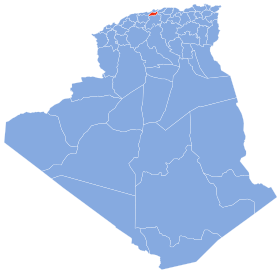
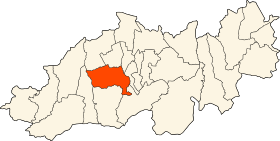
The wilaya of Blida (in Arabic : ولاية البليدة is an Algerian territorial public authority located in the north of the country. The northern periphery of the wilaya tends to gradually agglomerate with the inner suburbs of the wilaya of Algiers (communes of Meftah , Larbaa , Bougara ...).
The wilaya is made up of 10 daïras and 25 municipalities
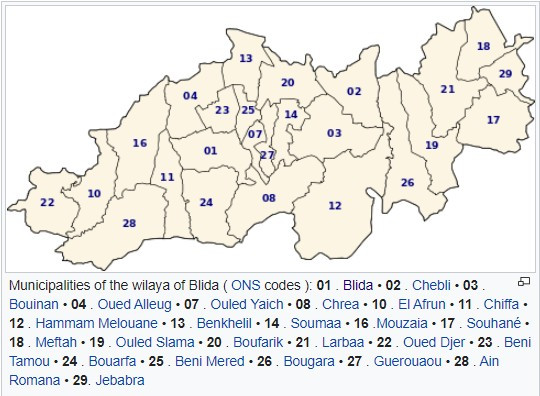
GEOGRAPHICAL SITUATION (Relief-Climate…)
The wilaya of Blida is located in the central Tell , it is delimited :
- to the north, by the wilayas of Algiers and Tipaza ;
- to the east, by the wilayas of Boumerdès and Bouira ;
- to the south, by the Médéa and Aïn Defla .
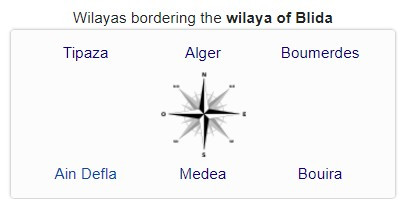
Relief:
The wilaya mainly consists of a large plain and a mountain range to the south:
- the Mitidja plain , which stretches from west to east, is a rich agricultural area. There are orchards , citrus fruits , fruit trees , vines , and beekeeping but also industrial crops ;
- the area of the Blidian Atlas and the Piedmont, the central part of the Atlas culminates at 1,600 meters, the cedar forests extend over its mountains. The piedmont whose altitude varies between 200 and 600 meters, presents favorable conditions for agricultural development
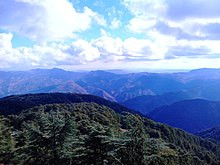
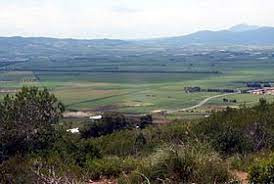
Weather :
The climate of the wilaya of Blida is Mediterranean , warm and temperate. Rainfall is generally higher in the mountains than in the plain. Rainfall is highest in December , January and February .

ECONOMIC POTENTIAL
Agricultural Potentials
Agriculture is the essential vocation of the wilaya of Blida with the Mitidja plain and its very fertile land. Agriculture is therefore the main sector of activity with a Total Agricultural Area (SAT) amounting to 67,700 ha. The Useful Agricultural Area (SAU) totals 56,474 ha and represents 83.42% of the SAT44, 8% of the SAU is irrigated with an area of around 25,300 ha. Herbaceous crops occupy an area of 19,331 ha (34.2% of UAA), while permanent crops occupy an area of 32,578 ha (57.7% of UAA). The remaining 8.1% of the UAA represents resting land (fallow). Pastures and rangeland are estimated at 9,958 ha, while unproductive farmland is estimated at 1,042 ha. Main crops Fruit growing represents 55% of the UAA and is the dominant agricultural activity, over an area of 31,065 ha. Citrus trees alone occupy 17,449 ha, or more than 56.1% of the area used for arboriculture. It should be noted that citrus growing is very present in the plains municipalities located in the central mitidja (Boufarik, Chebli, Guerrouaou, Oued El Alleug, Chiffa…) Fodder in terms of cultivated area, fodder crops come in second position. area devoted to this type of crop covers 6,168 ha, while the production achieved is slightly over 485,110 qx. Cereal growing despite the decrease in the cereal area from 6,522 ha to 5,830 ha, the cereal production of the wilaya, experienced with a production of 116,797 x in 2007/2008, an increase of 11,887 qx compared to the campaign former. And this, thanks to an improvement in yields which went from 16.08 qx to 20.03 qx Note that the share of durum wheat on all cereals is around 54% for the area and 54 6% for production. Market gardening as well as for cereals, market gardening recorded a net increase in its production (more than 21.9% compared to the 2006/2007 campaign), while its area decreased by around 12%. This increase in production due to better yields attests to a gradual mastery of farming techniques. Pulses are a poor relative of agriculture in the wilaya of Blida, the area of 10 ha allocated to this type of crop is insignificant. The production achieved does not exceed 110 qx, because of the low yield achieved, 11 qx per hectare. Industrial crops same observation as for pulses. A very small area is given over to industrial crops, an area that declines from campaign to campaign, going from 50 ha in 2004/2005, to 15 ha in 2006/2007 to reach 10 ha in 2007/2008. The production achieved (mainly tomatoes) is 4,500 qx. Viticulture The viticultural production of the wilaya, consisting mainly of table vines (78%), revolves around 64,900 quintals for a total area of around 1,157 ha.
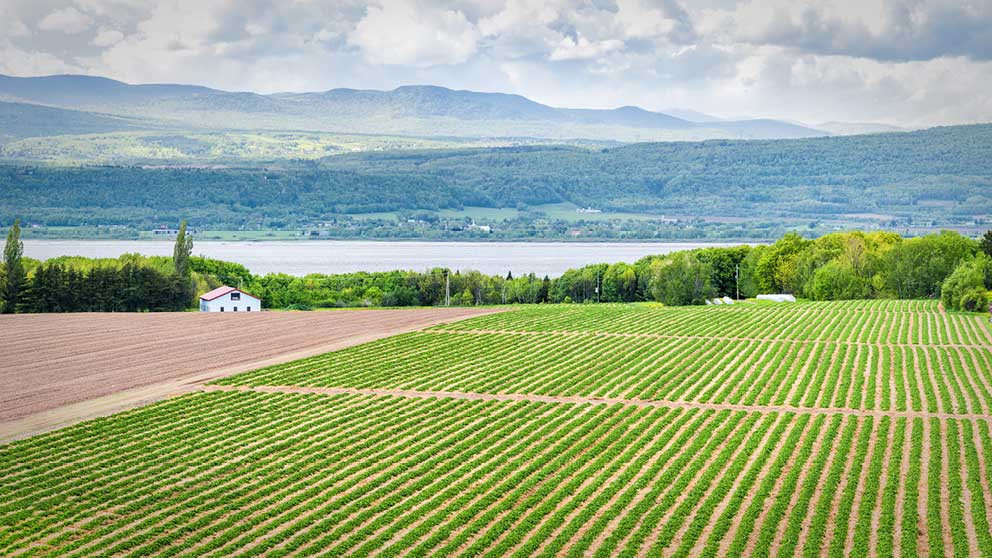

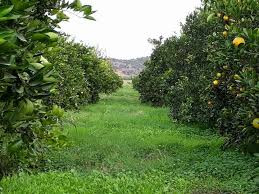
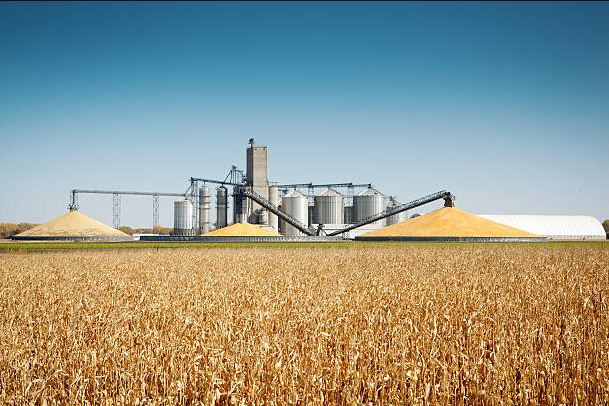
Breeding
The cattle herd in the wilaya is estimated at 18,976 heads, including 8,966 dairy cows.
Regarding the sheep population, it should be noted that sheep farming is insignificant in the wilaya of Blida, and that it is only a transit area for sheep whose numbers are estimated at 37,000 heads.
In poultry farming, the production of white meat amounts to 67,075 qx for a total number of 1,970,000 chickens. 336,890 laying hens made it possible to place more than 107 million units of eggs on the market in 2008.

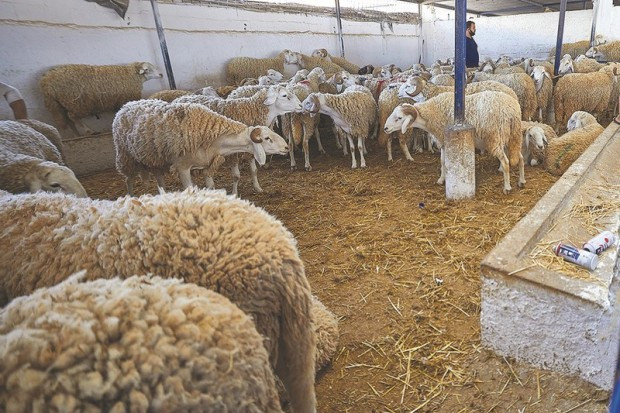
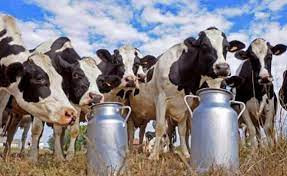
Industry
Although a region with an essentially agricultural vocation, the wilaya of Blida has been able to achieve substantial industrial development in recent years, thus expanding its industrial fabric by the gradual establishment of industrial units, mainly private, thanks to the establishment of industrial zones. and areas of activity.
Overall, the industrial fabric of the wilaya is made up of 4,258 production units employing more than 16,982 workers, 15,283 of whom work in the private sector.
The Wilaya of Blida is a territory with strong growth potential, particularly in the industrial field. In view of the advantages enjoyed by the wilaya, added to the strong demand for industrial investments, the existing industrial fabric will have to be reinforced and consolidated.
According to the authorities of the Wilaya, the industrial strategy to be designed must necessarily be accompanied by a corrective policy aimed at reversing current trends and, while taking into account the existing industrial base, provide for the redeployment of new industrial activities in the foothills. .
The advantages of the Wilaya are due to:
■ Existence of a core of public enterprises and numerous private units (SMEs);
■ Proximity to the capital (port and airport);
■ University supervision;
■ Location on motorway axis.

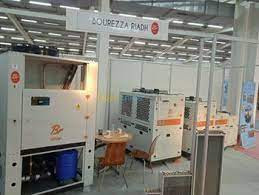


ECONOMIC, ADMINISTRATIVE AND SOCIAL INFRASTRUCTURES
Hydraulic
The wilaya includes the Bouroumi dam
he wilaya is particularly dense upstream; this is due to the humidity of the climate, the slope and the presence of land with very low permeability, which promotes runoff at the expense of infiltration . The main wadis are: The Mazafran and its main tributaries: Oued Djer, Oued Bouroumi and Oued Chiff, its flow is estimated at 300 hm3/year. Oued El Harrach which receives Oued Djemaa, its main tributary, its flow is estimated at 273 hm3/year.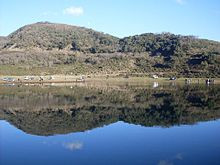
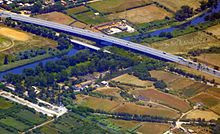
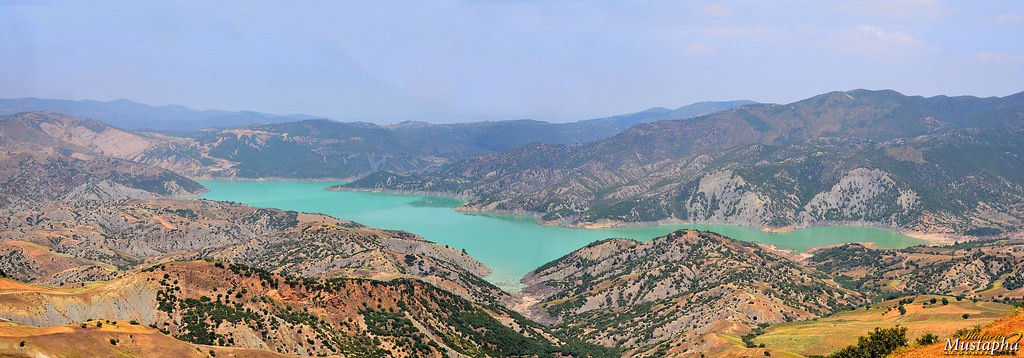
Road network

Railway network:
♦♦♦ Network length:
■ 54 km single track
■ 38 double track ♦♦ Existing stations:
■ BENI MERED
■ BOUFARIK
■ CHIFFA
■ MOUZAIA
■ EL AFFROUN
■ Blida is a suburban passenger station, mainline traffic passage and a freight station.
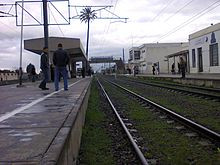
Airport network
A BOUFARIK military airport
Education :
Primary education: Has 359 primary schools with 126,892 classes.
Middle Education: has 142 CEMs with 82,699 classes.
Secondary education: Currently has 44 high schools offering 44,913 classrooms.
Health
In terms of public health, and concerning hospital infrastructure, the wilaya of Blida has 09 hospitals including 03 clinics with a total capacity of 2,413 beds. Among these hospitals, a psychiatric hospital of regional dimension which alone holds 41.9% of the capacities of the wilaya with 1012 beds.
Regarding light infrastructure, and thanks to new measures taken by the Ministry of Health, the health centers disappeared in 2007 to be converted into polyclinics or treatment rooms. This means that the number of polyclinics in the wilaya of Blida increased from 12 to 32 in 2008, while that of treatment rooms increased from 76 to 84.
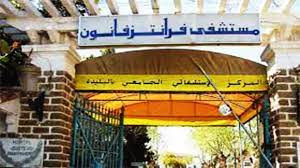
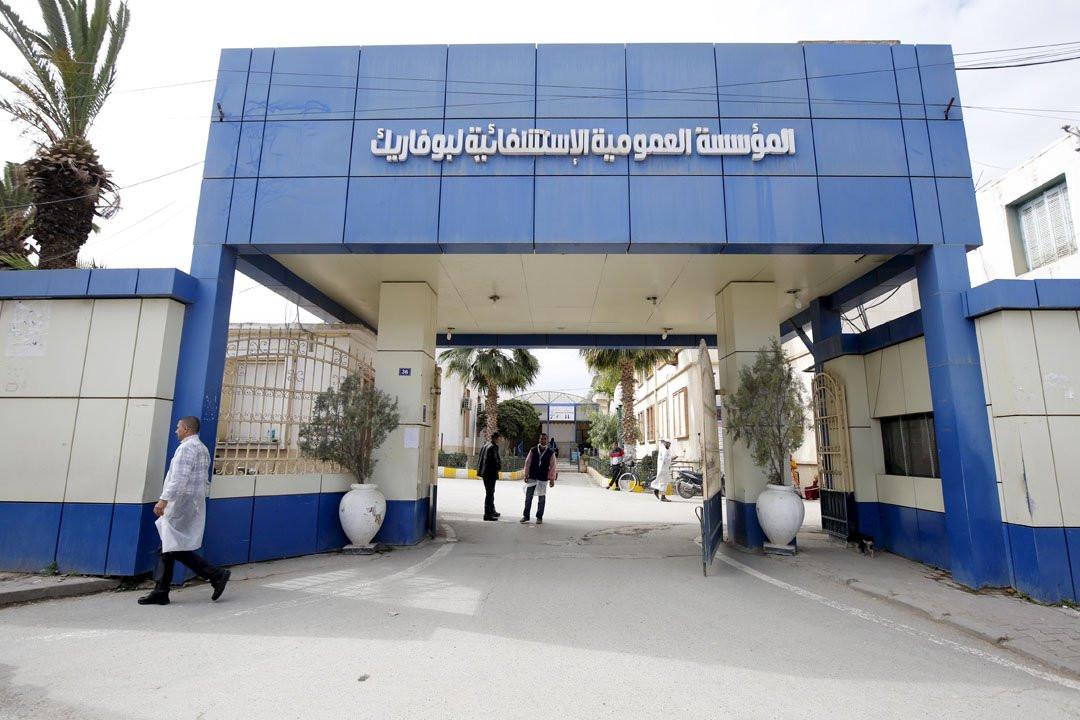
TOURIST ACTIVITIES
The wilaya of Blida has several tourist sites :
- Chréa ski resort ( 1,500 m )
- Thermal spring of Hammam Melouane ;
- Chiffa Gorge ;
Monkey Creek Gorge
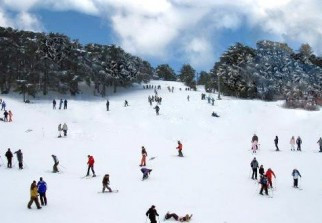
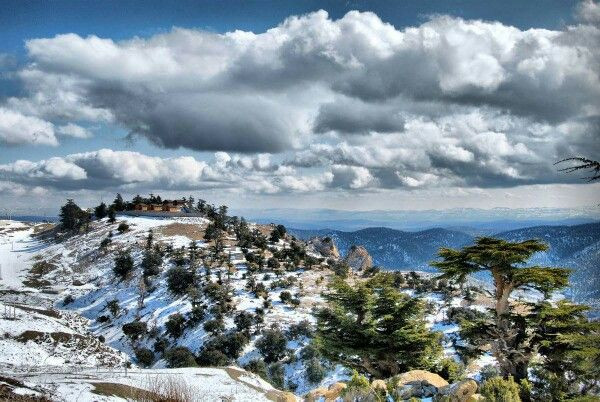
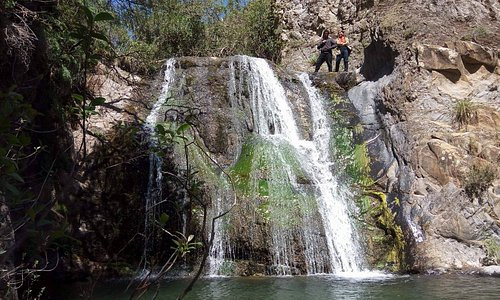
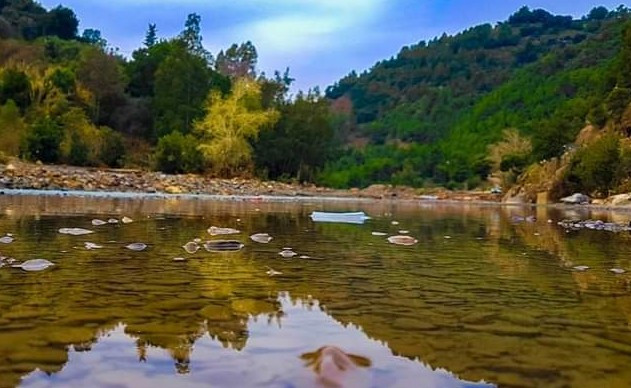
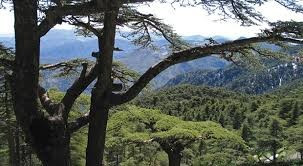
Boulevard Colonel Lotfi, Blida, Algeria
 Contact details of the Chamber of Commerce and Industry of
Blida
Contact details of the Chamber of Commerce and Industry of
Blida
CCIM / Chamber of Commerce and Industry of Mitidja
- Address:
- Boulevard Colonel Lotfi, Blida, Algeria
- Email:
-
cci-mitidja@caci.dz
- Mobile:
- There is no primary mobile phone
- Landline number:
-
025 21 55 18
- Fax:
-
025 21 55 28
- Viber:
- There is no viber account
- Work hours:
- We don't have this information.
